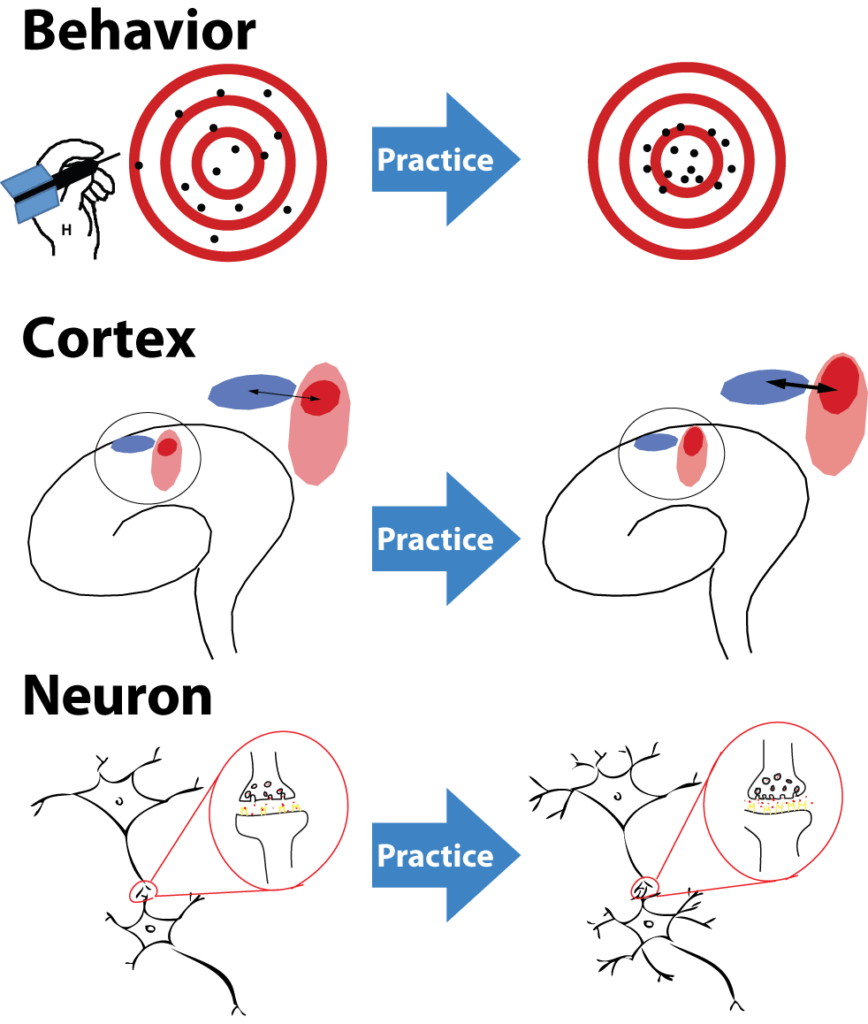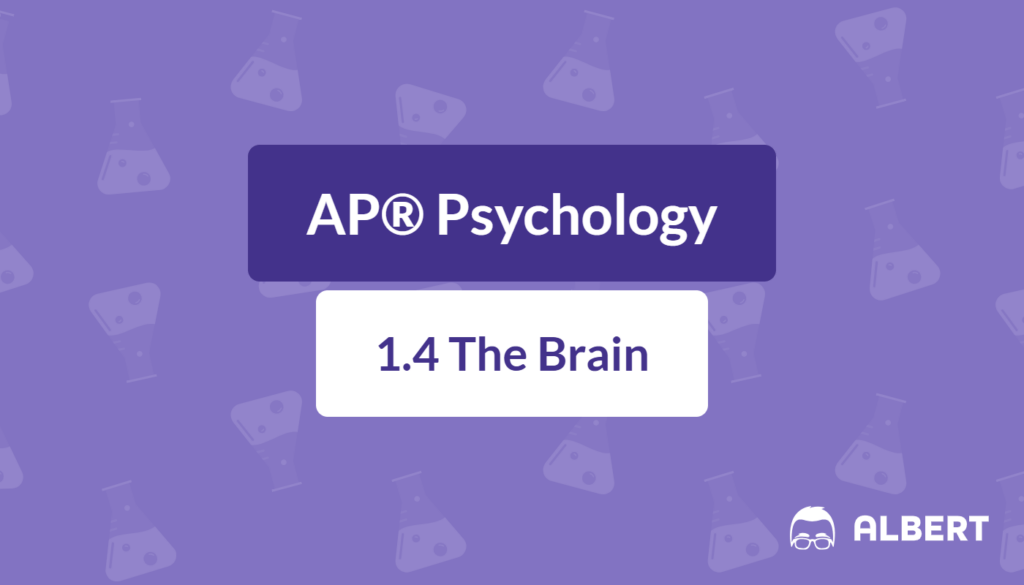What We Review
The human brain is a fascinating organ that governs behavior and mental processes. It enables movement, processes emotions, and determines how individuals interact with the world. Therefore, studying the brain’s different structures is an effective way to understand why people act and think as they do.
Neuroscience examines various brain regions, explaining what part of the brain controls memory, balance, breathing, speech, and emotion. Each area plays a distinct role in helping individuals manage daily tasks, from simple respiration to complex problem-solving. The following sections explore essential parts of the brain—from the brain stem to the cerebral cortex—and illustrate their significance with step-by-step examples.
The Brain Stem
Overview
The brain stem is an ancient part of the human brain. It connects the spinal cord to the higher brain regions. Two key components are the medulla and the pons. Together, they control fundamental life functions such as heart rate, breathing, and swallowing. The medulla, located at the base of the brain stem, is particularly important for automatic functions, including what part of the brain controls breathing. The pons sits just above the medulla and helps regulate sleep and facial expressions.
Functions
- Controls heartbeat and breathing rate
- Helps with swallowing and digestion
- Coordinates messages between the spinal cord and other brain areas
Example: How the Medulla Regulates Breathing During Rest
Step-by-Step Explanation:
- Sensors in the body detect when blood oxygen levels are sufficient.
- These sensors send signals to the medulla when no urgent adjustment to the breathing rate is required.
- The medulla maintains a steady rate of around 12–20 breaths per minute.
- When oxygen demand increases, the medulla signals muscles in the diaphragm and rib cage to adjust the breathing rate.
For instance, assume a person is at rest with a breathing frequency f of 15 breaths per minute: f = \frac{15 \text{ breaths}}{1 \text{ minute}}
When the person’s cells use more oxygen (for example, during moderate exercise), the medulla increases this frequency automatically. This process happens without any conscious effort, ensuring the body receives enough oxygen.
The Reticular Activating System
Overview
The reticular activating system is a network of neurons running through the brain stem and into the interior of the brain. It is known for its role in arousal and alertness. However, it also has connections to voluntary movement, eye movement, and even certain types of learning and emotion.
Functions
- Maintains wakefulness and alertness
- Regulates attention and filtering of incoming stimuli
- Influences eye movement and some aspects of motor control
Example: How RAS Affects Alertness Levels
Step-by-Step Explanation:
- When an individual hears an unexpected noise, the RAS quickly evaluates the stimulus.
- If the sound seems important, the RAS signals higher brain regions, increasing alertness and focus.
- As a result, the person turns attention toward the noise source.
- If the sound continues or proves irrelevant, the RAS lowers the response level, conserving energy and preventing overstimulation.
This mechanism explains why sudden noises startle people at first but become easier to ignore over time, as the RAS filters out unimportant information.
The Cerebellum
Overview
The cerebellum sits near the base of the brain, just behind the brain stem. It looks like a small, wrinkled structure and is crucial for coordination, balance, and smoothly executed movements. It is often highlighted when discussing what part of the brain controls balance. Additionally, some forms of procedural memory, such as riding a bike, are also associated with this region.
Functions
- Maintains balance and posture
- Coordinates muscle movements
- Helps in learning motor tasks
Example: Maintaining Balance While Riding a Bicycle
Step-by-Step Explanation:
- As a rider begins pedaling, sensors in the inner ear deliver feedback on body position.
- The cerebellum processes this feedback in real time, detecting any shifts or tilts.
- If the rider starts to lean too far to one side, the cerebellum sends signals to leg and arm muscles to adjust balance.
- The rider corrects position and remains upright without conscious thought.
Over time, these balancing motions become automatic. This automatic control is why it is often said that once someone learns how to ride a bike, they never forget.
The Cerebral Cortex and Its Lobes
Overview
The cerebral cortex is the outermost layer of the brain, divided into two hemispheres (left and right). Each hemisphere contains four main lobes: occipital, temporal, parietal, and frontal. The cerebral cortex is also linked to the limbic system, which includes the thalamus, hypothalamus, pituitary gland, hippocampus (crucial for what part of the brain controls memory), and amygdala (associated with what part of the brain regulates emotion).
Lobes and Their Functions
- Occipital Lobes: Process visual information and sit at the back of the brain.
- Temporal Lobes: Handle auditory information and language processing.
- Parietal Lobes: Organize and integrate sensory input, especially touch and spatial sense.
- Frontal Lobes: Control language, higher thinking, and executive functions. The motor cortex within the frontal lobes manages skeletal movement.
Example: Planning and Executing a Speech
Step-by-Step Explanation:
- Individuals activate the frontal lobes to organize ideas and structure sentences.
- The temporal lobes interpret any feedback from the environment (e.g., hearing the speaker’s own voice).
- The parietal lobes help integrate physical cues, such as posture and position, for confident public speaking.
- The motor cortex in the frontal lobes directs the muscles of the mouth and tongue to produce speech.
- Meanwhile, the occipital lobes process visual cues in the audience, helping to adjust eye contact and facial expressions.
These lobes communicate with each other, enabling coordinated actions and clear spoken language.
Split-Brain Research
Overview
Split-brain research began when surgeons cut the corpus callosum to treat severe epilepsy. By separating the left and right hemispheres, scientists discovered that each hemisphere can have specialized functions. The left hemisphere generally focuses on language and logical reasoning, while the right hemisphere often manages spatial recognition and facial processing.
Functions
- Left Hemisphere: Language processing (Broca’s area for speech production, Wernicke’s area for comprehension)
- Right Hemisphere: Spatial tasks, pattern recognition, some aspects of creativity
Example: Visual Cortex Tests in Split-Brain Patients
Step-by-Step Explanation:
- Researchers present information to only one visual field (left or right) so that only one hemisphere receives the input.
- If shown to the left visual field, the information is directed to the right hemisphere, which often cannot verbalize what it sees.
- If shown to the right visual field, the information is directed to the left hemisphere, which can express what it recognized in words.
- Patients might pick out objects with the left hand (right brain) but struggle to name them, indicating lateralized functions.
This testing method reveals how the hemispheres communicate, or fail to communicate, when the corpus callosum is severed.
Brain Plasticity

Overview
Brain plasticity involves the brain’s remarkable ability to reorganize itself. New neural connections can be formed to adapt to new environments, experiences, and injuries. This ability is especially evident during childhood but remains in adults too.
Funct,ions
- Rewires or creates new pathways after learning or injury
- Compensates for lost functions in damaged brain areas
Example: Stroke Recovery Through Plasticity
Step-by-Step Explanation:
- After a stroke, damaged neurons in the affected area may no longer function properly.
- Nearby healthy neurons detect missing signals and start forming new connections.
- Therapy and practice encourage these neurons to assume the functions of the injured area.
- Over time, the individual may regain mobility or speech capabilities, demonstrating the brain’s adaptability.
This capacity explains why intensive rehabilitation and consistency are key to recovery.
Research Methods for Understanding Brain Function
Overview
Scientists use various methods to study how different parts of the brain control behavior. Electroencephalography measures electrical activity. Functional magnetic resonance imaging tracks changes in blood flow to reveal active brain areas. Researchers also examine case studies of patients with lobotomies, tumor removals, or accidental injuries. Lesioning (surgically removing or damaging tissue) can further highlight the role of specific brain areas.
Importance of Research
These methods guide the understanding of what part of the brain controls speech, memory, emotion, balance, and more. By examining brain activity in controlled settings, scientists can pinpoint which structures are most active during specific tasks.
Example: Using an fMRI Scan to Study Language Activity
Step-by-Step Explanation:
- Participants lie inside an fMRI machine and perform a language task, such as reading words on a screen.
- When brain regions savor more oxygen, the fMRI registers increased blood flow in those areas.
- Researchers identify heightened activity in Broca’s area (speech production) if participants read words aloud.
- Wernicke’s area lights up if they focus on understanding written or spoken language.
This scenario explains how scientists differentiate the responsibilities of various parts of the cerebral cortex.
Quick Reference Vocabulary Chart
Below is a condensed table of important brain structures and their main functions.
| Brain Structure | Location | Main Function |
| Medulla | Part of the brain stem | Controls breathing and heart rate |
| Pons | Above the medulla | Influences sleep and facial expressions |
| RAS (Reticular Activating System) | In the brain stem | Regulates alertness and attention |
| Cerebellum | Behind the brain stem | Coordinates movement and balance |
| Occipital Lobe | Back of the brain | Processes visual information |
| Temporal Lobe | Sides of the brain | Processes auditory and language input |
| Parietal Lobe | Upper back area | Integrates sensory information |
| Frontal Lobe | Front of the brain | Controls speech, thinking, and movement |
| Hippocampus | Within the limbic system | Involved in memory formation |
| Amygdala | Within the limbic system | Regulates emotion |
| Corpus Callosum | Connection between hemispheres | Transfers information between left and right sides of the brain |
Conclusion
The brain is a complex and dynamic organ that underlies every aspect of behavior and mental processes. The brain stem regulates simple yet essential tasks like breathing, whereas the cerebral cortex governs sophisticated tasks such as language and problem-solving. Between these extremes lie regions like the RAS, cerebellum, and limbic system, all contributing to how people experience and interact with the world. Gaining insights into these structures helps highlight the incredible flexibility of the brain, from automatic processes to higher-order thinking.
Further exploration can involve observing how these different parts collaborate under various circumstances, including recovery from brain injuries or split-brain conditions. Understanding the distinct roles that each region plays can also inform the study of disorders and guide innovations in therapy.
Sharpen Your Skills for AP® Psychology
Are you preparing for the AP® Psychology test? We’ve got you covered! Try our review articles designed to help you confidently tackle real-world AP® Psychology problems. You’ll find everything you need to succeed, from quick tips to detailed strategies. Start exploring now!
- Neuron Activation: AP® Psychology Review
- Sensory Perception: AP® Psychology Review
- Parts of the Nervous System: AP® Psychology Review
Need help preparing for your AP® Psychology exam?
Albert has hundreds of AP® Psychology practice questions, free response, and full-length practice tests to try out.








